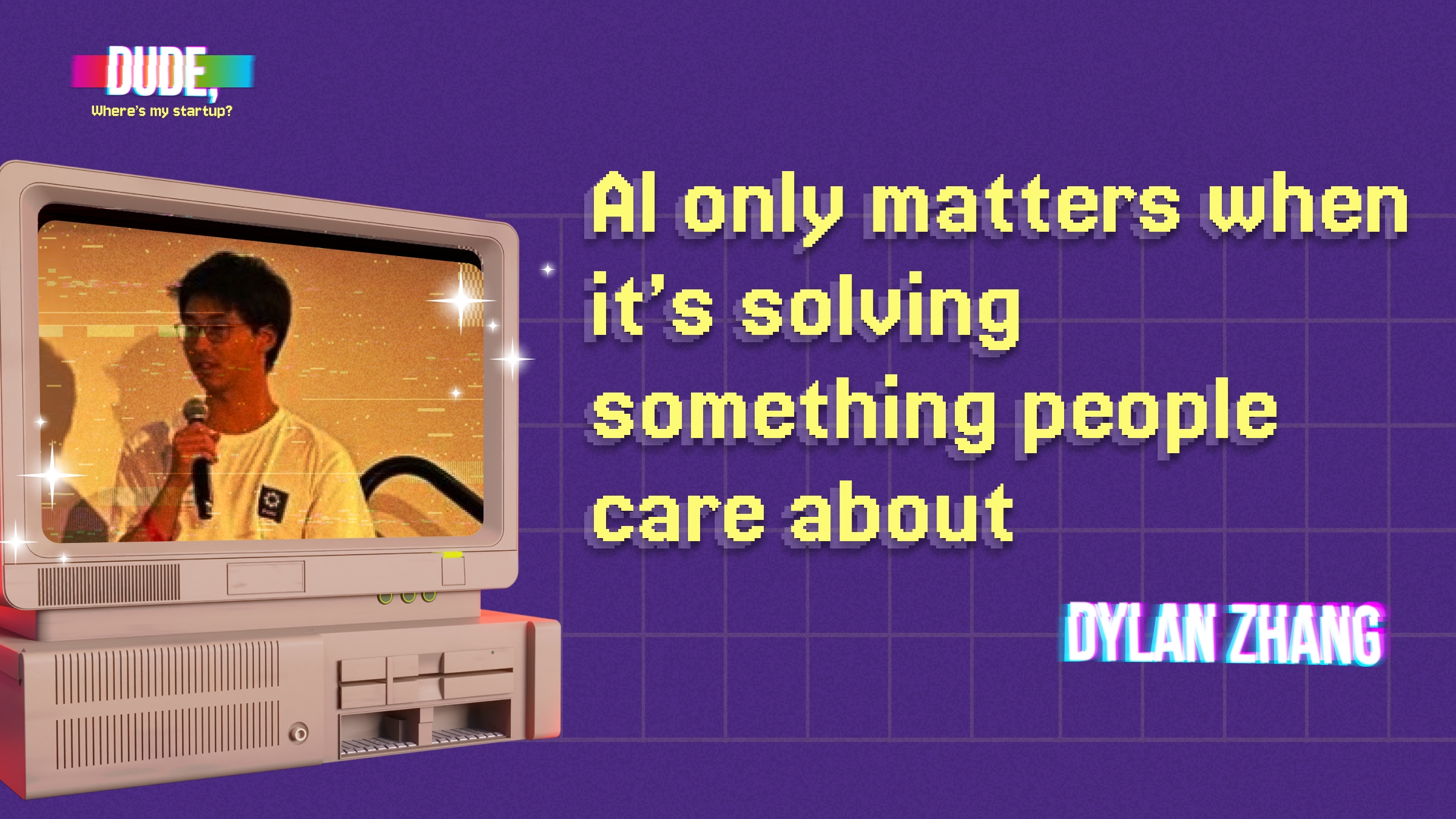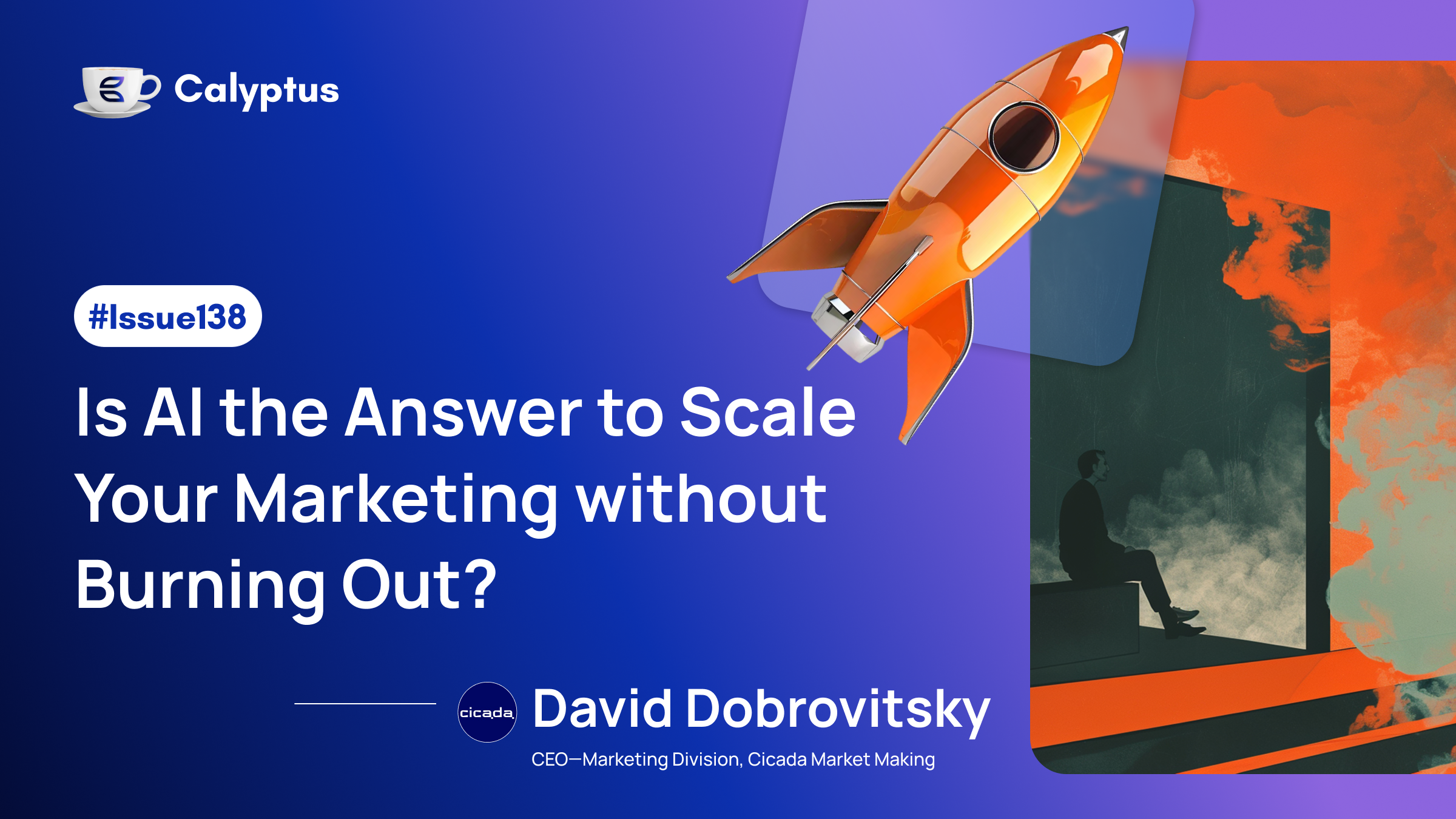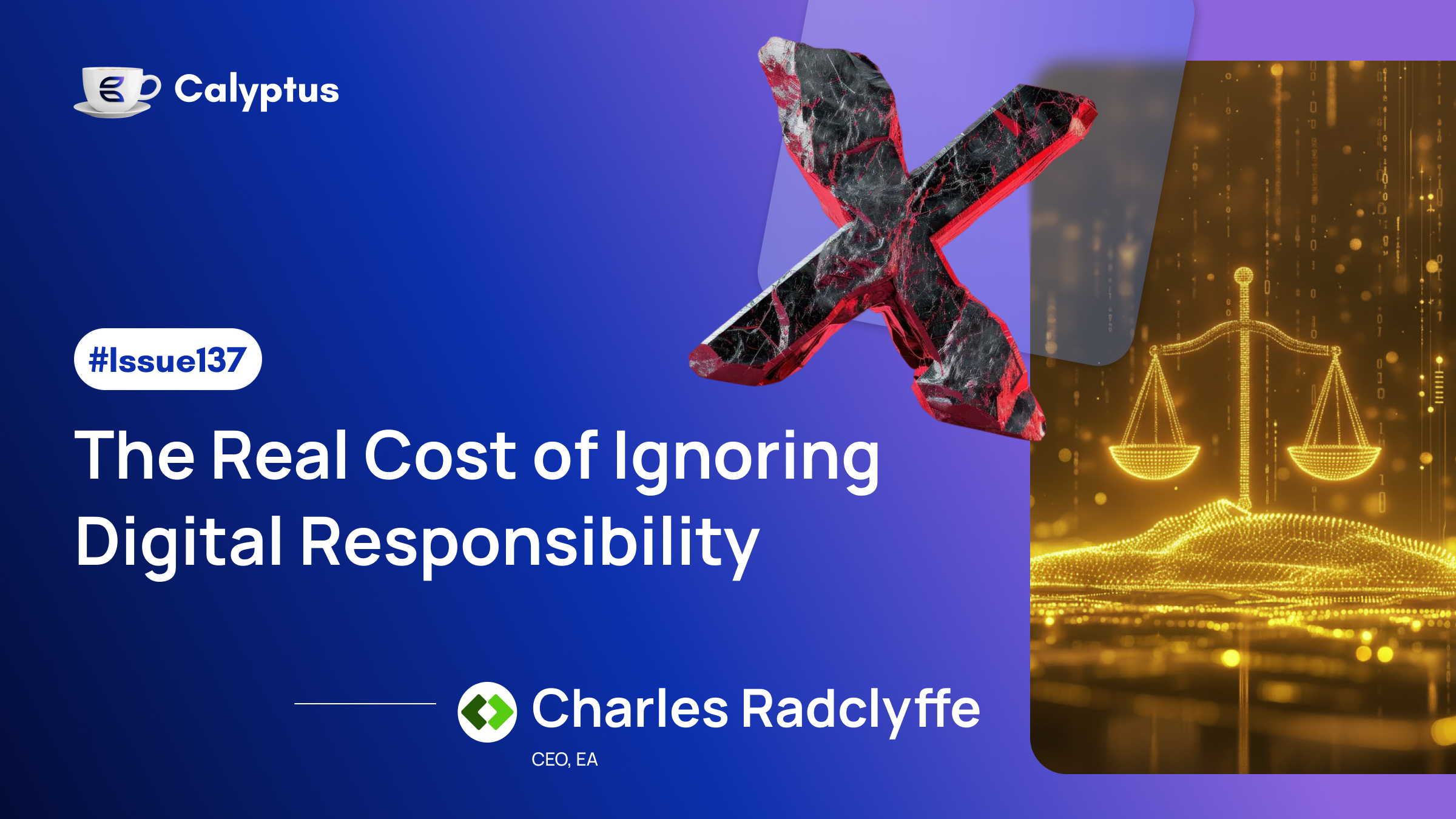The year is 2018, Dylan Zhang just turned down an offer to join a crypto hedge fund.Bitcoin was recovering from scandal-ridden headlines and he passed. But he stayed curious. By the time Bitcoin hit five figures again, and burnout from his job at Huawei kicked in, Dylan said yes not to that fund, but to the space itself.
His first role was as a listing manager at a top-five exchange, sitting across from founders, evaluating tokens, and absorbing the flow of new projects. The work felt transactional. He didn’t want to vet products. He wanted to build one. That push took him to an interoperability startup in San Francisco, where the idea of founderhood took root.
The earliest seeds of Pond came from trying to make sense of messy on-chain data. Social graphs, financial signals, wallet behaviours all scattered but connected. Dylan thought, what if you could structure that chaos? What if you could turn blockchain into something that models could actually learn from?
Pond began as a business tool and became something much larger.
Today, Pond is a crypto-native AI model layer. Not just infrastructure for training on public blockchain data, but a platform for building, testing, and deploying entire models and applications. Think trading bots, fraud detection agents, alpha prediction tools all powered by structured on-chain data and trained with developer contributions through open competitions.
The model pipeline took over a year to build. The team processed massive data sets, labelled over 100 million on-chain entities, and built internal research engines around what Dylan calls “valuable problems.” In his words, “AI only matters when it’s solving something people care about.” Pond provides the data, the tools, and the incentives. Developers provide the models.
But the vision is not just to serve developers. It’s to empower them. Dylan talks about grassroots builders, people opening laptops after long shifts, not famous, not funded, but capable. Pond lets them build, compete, and earn visibility through a public leaderboard and model sharing. Some models stay public, some spin out into startups. The IP stays with the creator. Pond is the layer, not the owner.
The hardest chapter came during fundraising. Dylan funded Pond with his own savings at first, travelling through six countries in two months, dropping ten kilos in the process. At one point, he was hospitalised. But he kept going, raised the round, and now leads a fast-growing team with full access to the infrastructure they needed from day one.
He still sees speed as the difference between a good idea and a real product. “Speed is everything,” he says. “But it has to serve precision. Otherwise it breaks.”
Where is Pond going? Dylan sees a future where crypto and AI collide in ways we haven’t yet understood. Where models surface insights from noise, and users make better decisions, not just faster ones. The tools are coming. Pond just wants to put them in the right hands.




